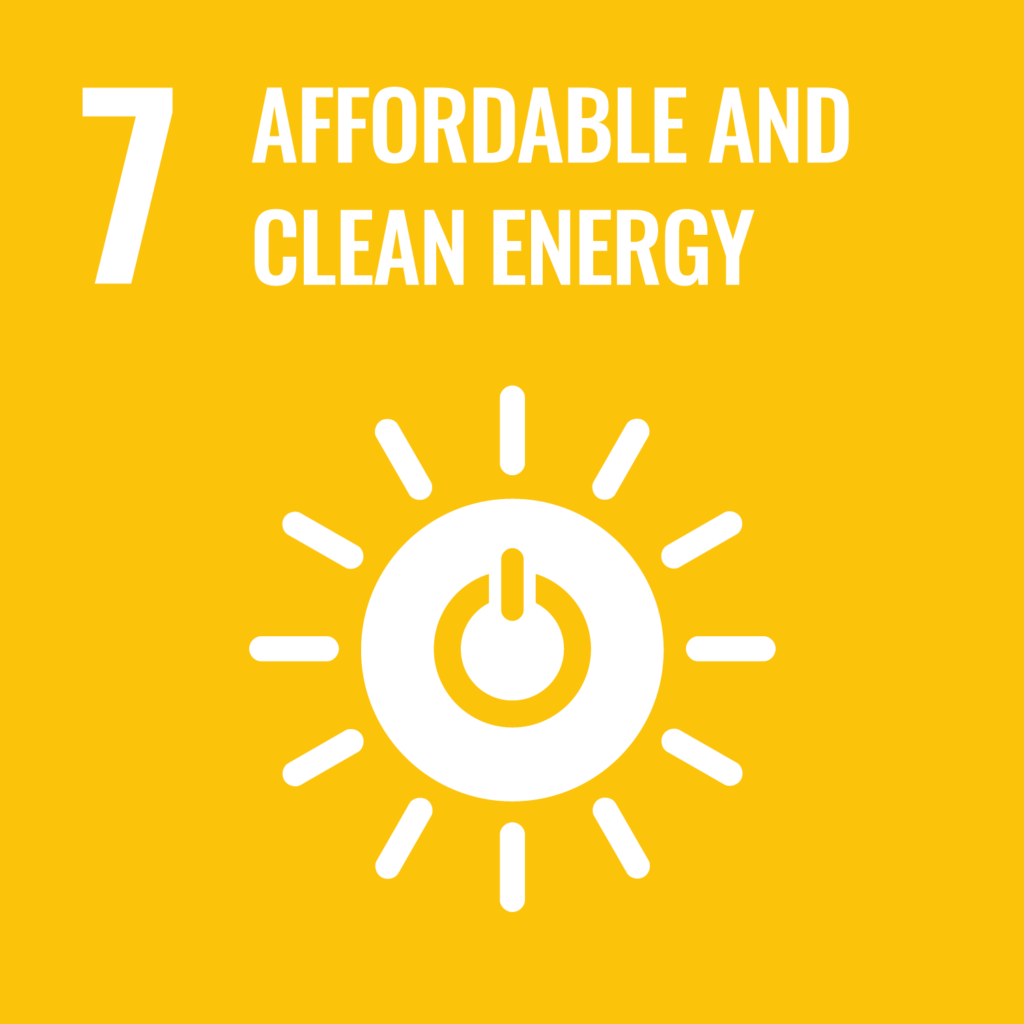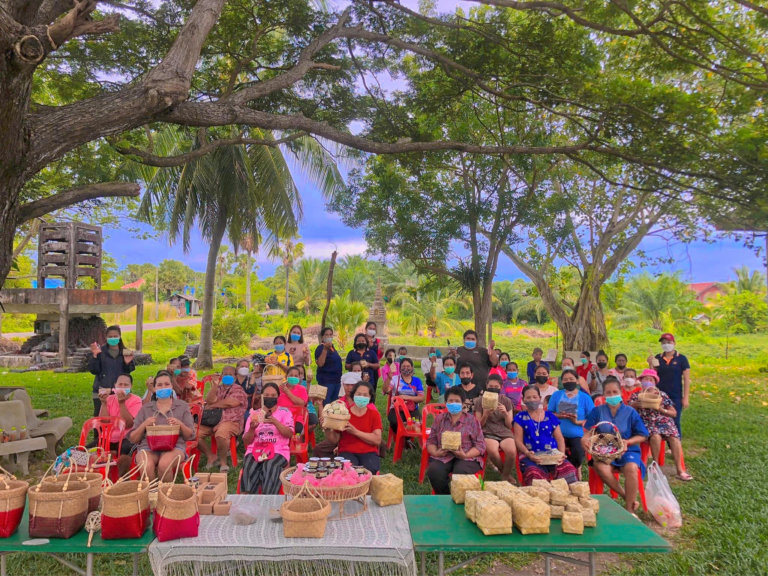Reporters : Mr.Konto Pantongkam,
Asst.Dr.Pituk Bunnoon,
Asst.Dr.Phatchakorn Areekul,
Mr.Sutaporn Getpun
Indicator : 7.2.5
Date : 4 April 2022
Related SDGs:

“Biogas is a clean energy source derived from a range of waste materials, including animal manure, livestock farm wastewater, factory effluents, municipal waste, and agricultural residue. This renewable energy is produced via a fermentation process that decomposes organic matter into anaerobic gases with the assistance of various types of bacteria. Biogas typically consists of approximately 60-70% methane gas (CH4) and 30-40% carbon dioxide (CO2), with minor traces of hydrogen sulfide gas (H2S) and nitrogen gas (N2).
Methane gas, one of the primary constituents of biogas, serves as a versatile fuel source. It can be employed for cooking, used as a vehicle fuel, and applied in diverse industrial processes. Implementing a community and household biogas system involves the fermentation of agricultural and household waste within biogas ponds, along with the establishment of a gas distribution network for cooking purposes. This approach not only mitigates the issues of unpleasant odors and harmful gases associated with agriculture and animal husbandry but also brings about cost savings for the residents in the Bo Dan Subdistrict Community of Sathing Phra District, Songkhla Province.
Moreover, this system empowers households to generate their own biogas, tailored to the unique requirements of the community and individual homes. It includes essential infrastructure and fermentation tanks for communal gas production. Consequently, this not only reduces expenses but also lays the groundwork for future use of natural gas as a household fuel source.”

Fig.1 Designing an effective biogas system for both community and household use for Low-carbon community technology.
Related Links:



